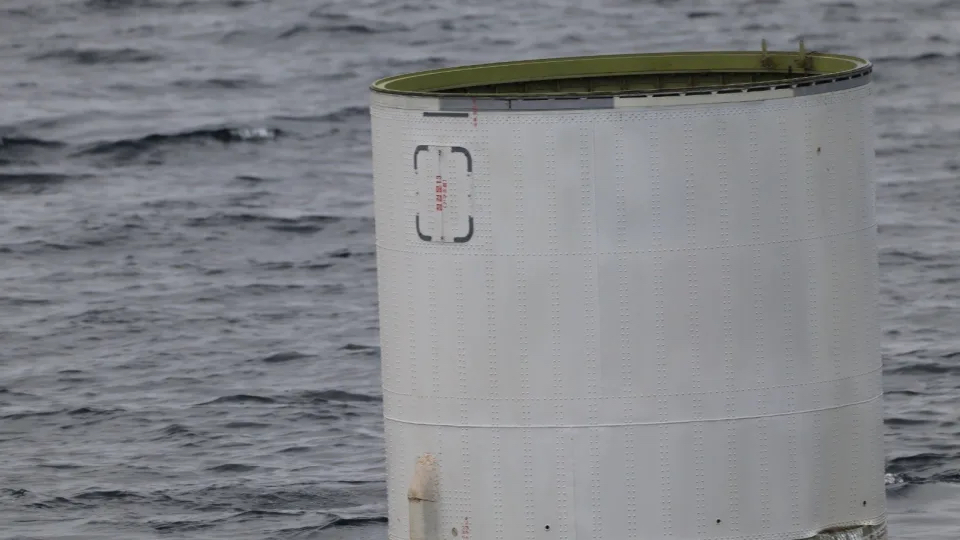
A North Korean rocket crashed on Wednesday after a failed launch, state media said on Wednesday.
A report from Korea Central News Agency (KCNA) said the military launched the reconnaissance satellite Malligyong-1 loaded on the Chollima-1 rocket out at 6:27 a.m., at the Sohae Satellite Launching Ground in North Pyongan province.
According to KCNA, the rocket crashed into the Yellow Sea due to a loss of thrust caused by an abnormal start of the second-stage motor after the first-stage separation. A spokesman for North Korea’s National Aerospace Development Administration said that scientists, technicians and specialists were looking in to the cause of the failure, which was likely the reliability and stability of the new-type motor system introduced into the Chollima-1 rocket and instability issues with the rocket’s fuel.
The military surveillance satellite was “indispensable to tracking, monitoring, discriminating, controlling and coping with in advance in real time the dangerous military acts of the U.S. and its vassal forces,” Ri Pyong Chol, vice chairman of the Central Military Commission of the Workers’ Party of Korea said this week, reported Kyodo News.
“We steadily feel the need to expand reconnaissance and information means and improve various defensive and offensive weapons.”
The South Korean military said that it salvaged an object presumed to be part of the crashed rocket in waters 125 miles west of Eocheongdo Island. Japan’s Ministry of Defense said the rocket disappeared over the Yellow Sea at 6:35 a.m. local time. Japan has lodged a protest to North Korea over the launch.
Japan Defense Minister Hamada held a special press conference on Wednesday about the launch, saying Japan’s military will continue to maintain its current posture on North Korean launches. Hamada declined to answer media questions on the deployment status of the PAC-3 unit on Ishigaki Island and a possible relocation of the unit amidst a report from Kyodo News that the unit on the island was unable to deploy due to an approaching typhoon.
Earlier this week, Japanese officials protested the satellite launch, saying it violated United Nations Security Council resolutions on ballistic missile technology.
The Japanese Defense Ministry said this week it would place its ballistic missile defense systems on alert to destroy the rocket if it threatened Japanese territory. The Japan Self-Defense Forces deployed an unspecified number of ballistic missile defense guided-missile destroyers to intercept the rocket.
On Wednesday, Secretary of Defense Lloyd Austin arrived in Japan and visited U.S. military personnel stationed at Marine Corps Air Station Iwakuni and Yokota Air Base. He is scheduled to meet with Hamada before departing for Singapore for the IISS Shangri-La Dialogue, which begins on Friday night.





